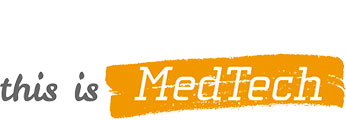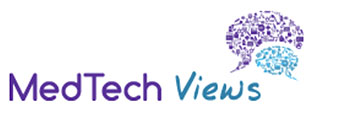Safer, healthier patients with the fastest access to the latest life-saving technology
Posted on 03.11.2015
The European Union defines patient safety as: “Freedom for a patient from unnecessary harm or potential harm associated with healthcare”. The medical technology industry is fully committed to delivering solutions which puts patients and their safety at the centre of our collective business ethos. This commitment to the primacy of patient safety runs through the entire industry.
The PIP incident has made it crystal clear that healthcare actors must pull together to ensure that such a case of fraud never happens again. The medical device industry unanimously agrees that an overhaul of Europe’s regulatory framework is necessary to improve the system that has been the world’s fastest in providing life-saving technologies to patients without compromising safety.
The system must guarantee a high level of safety and quality with clear and predictable safety requirements. At the same time, the system must ensure that Europe’s population has timely access to the latest and best in technology and innovation. Indeed, medical technology is part of the cure for what ails Europe’s health system: technologies that marry improved health outcomes and cost-effectiveness are essential to a sustainable future for European healthcare. Cumbersome bureaucracy must not become an obstacle for continuous innovation.
Eucomed welcomes most of the recommended measures in the Commission’s proposal for the revision of the European Medical Devices Directive but voices strong concern with regards to the ‘scrutiny procedure’ which will fundamentally change the current system and will not increase safety for patients. In fact, the procedure will ultimately harm patients by slowing the current fast pace of value-based innovations in medical technology that have proven to not only improve the lives of millions of patients but also play an important role in making European healthcare systems more efficient.
The measure would address some political calls to move the system towards a centralised pre-market authorisation system as found in the United States but will ultimately result in harming European patients and negatively impact mostly European small and medium-sized enterprises (SMEs).
Europe’s regulatory system has served us well for the past 20 years, successfully combining safety with access to the latest life-saving technology. Indeed, recent research indicates that European patients often have access to the latest technologies an average of 3 years sooner than their American counterparts. We are convinced that we can remain in this privileged situation with the support of a regulatory framework that successfully marries safety and the availability of new technologies.
Keeping patients safe – an ongoing process
Once a medical device is on the market it is subject to specific post market surveillance and vigilance activities aimed to ensure effective health protection throughout the product’s life and use.
Once a medical device is placed on the market, incidents linked to the malfunction, the deterioration or the misuse of the product may occur. Surveillance activities by the manufacturers, Notified Bodies and national Competent Authorities are in place to prevent and detect incidents as quick as possible and to ensure that appropriate measures are taken to avoid or minimise any potential associated risks to the health of patients and/or users.
Experience has shown however, that there is a lack of timely reporting practices by national Competent Authorities and poor coordination to exchange surveillance information as well as considerable variations in terms of responses to incidents across different EU Member States. While some Authorities show a balanced understanding of the distinction between minor, major and critical incidents and the resulting prioritisation of their action, others do not apply proportionate measures and tend to consider all incidents as critical and subject to a systematic and, for minor incidents, very burdensome enquiry process. This results in an inefficient use of resources, potential misleading information to patients as well as unacceptable differences in terms of patient safety and access to innovative quality care across Europe.
An effective European medical device surveillance system should provide for EU-wide simple, fast response and comprehensive, science-based risk identification and management across the EU. A better defined legal framework on vigilance, based on greater harmonisation of Member States’ market surveillance activities would deliver significant benefits for overall patient safety.


